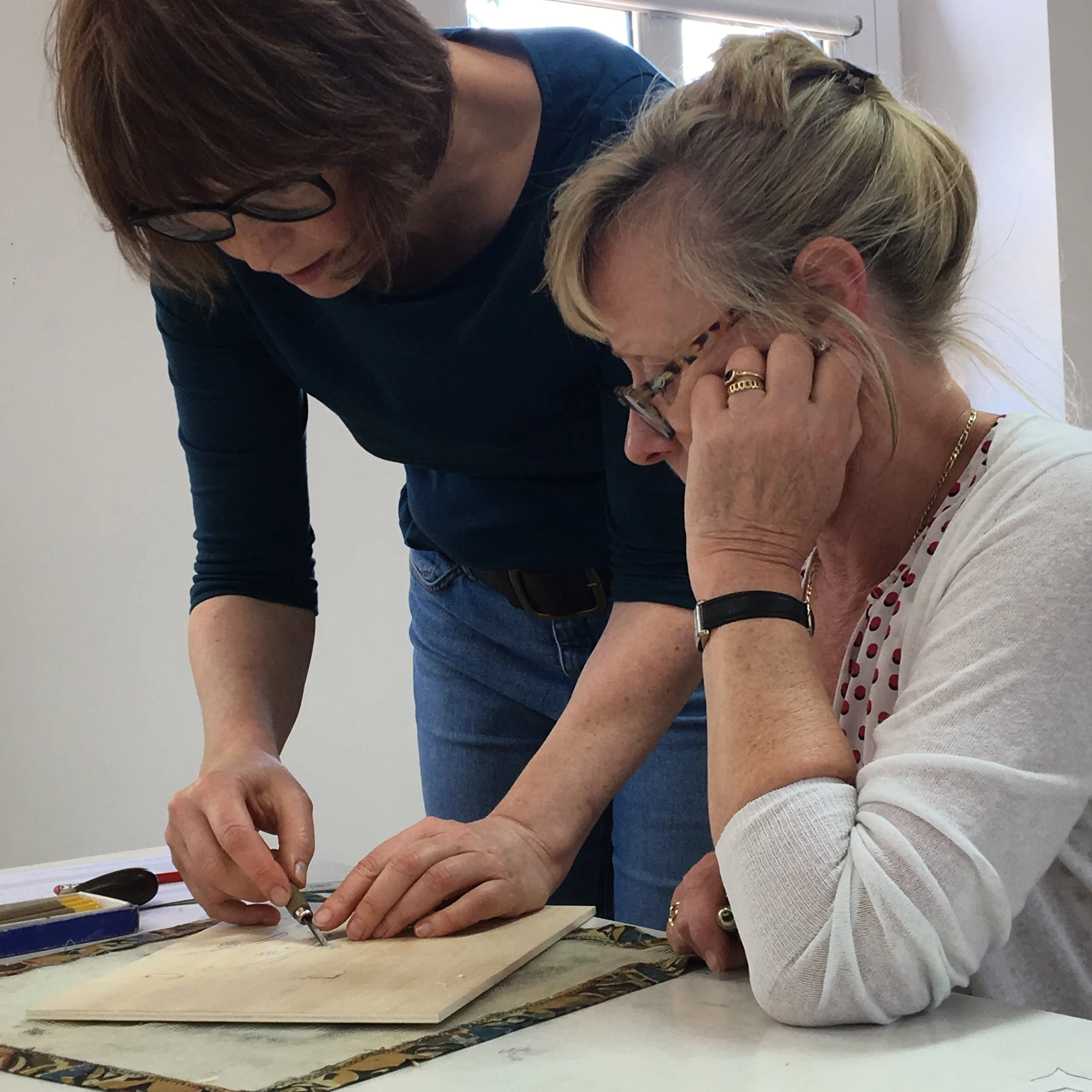Selling at Different Price Points
Episode 44: Producing & Selling Work at Different Price Points
Pricing your work is a complex issue and being consistent is one of the things that needs to be considered while working out your pricing. However that does not mean that all your work should be the same price, only that it should be priced consistently, according to its value. Small simple things clearly need to be cheaper than big complex things. Having work in different price brackets allows you so attract a wider range of clients with varying budgets - both Laura and Peter have works at different levels when they are in selling mode!
Price points: Keeping your prices consistent across all sales venues is essential if you want to be taken seriously as a working artist, but those consistent prices can range widely from showstopping high ticket pieces to budget friendly impulse buys. In this episode Laura and Peter discuss how they make a range of price points work for them and how you can improve sales and build your following with some savvy pricing.
The Useful Stuff
1. While your item price should stay consistent wherever you sell (check out our episode on pricing your work for some golden rules of price setting), having a range of prices is enormously helpful for sales. There will be a natural range in your pricing if you have work that varies in size, age or complexity, but actively planning a range of prices is a good idea too.
2. Consider your buyers and the venue when you are working out your sales plan. Peter quotes a useful formula of 10% high ticket price, 60% mid-range price and 30% budget price as a starting point. You can work with that idea, but consider setting your highest and lowest prices dependent on the venue and audience.
3. Should you have a sale? Both Laura and Peter offer discounted work occasionally. As a printmaker, Laura has to be careful she doesn’t undercut any work on sale elsewhere and anyone selling multiples should bear that in mind. Laura cuts prices of older pieces by waiving the frame cost and Peter makes use of sketches and less developed work. If you decide to have a ‘sale’ plan carefully; it is vital not to undermine the value of your full cost work.
4. Never be afraid to have your most expensive piece of work on show, or ashamed to exhibit your cheapest. Expensive pieces are aspirational and, just sometimes, exactly the show-stopping purchase a buyer is looking for! A showstopper also balances your mid-range prices, turning them into very affordable alternatives. Bargain buys will encourage first time and impulse buyers, both of whom can become that sought after collector of your work.
5. A wide range of pricing will both attract a wider range of buyers and appeal more to each buyer as individuals. That said, every piece a different price can become confusing to the buyer, if sizes, age and content seem similar so do be consistent in price where your work is consistent in appearance.
6. Be up front in explaining your price points: it’s a great opportunity to discuss your work and process. It may feel awkward at first; but talking price in the context of your skills and methods often sells the work and is something we’ll discuss in another podcast.
The Takeaway
A range of work at different prices is a great way to reach everyone from the big spender to the first time investor and a budget buy may well inspire a life long collection.
This Podcast is sponsored by Michael Harding Colours. For more information about Michael’s colour range or to find a retailer near you, please visit www.michaelharding.co.uk






